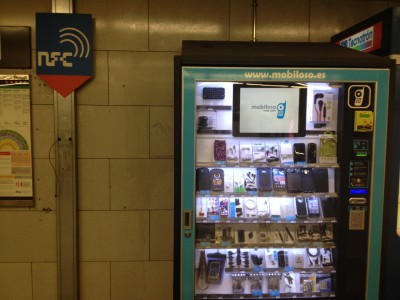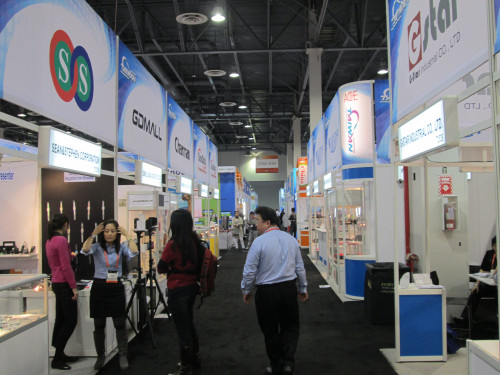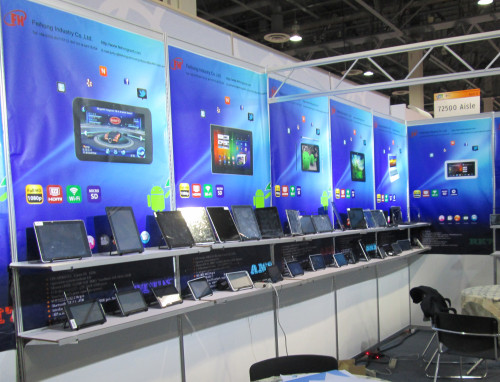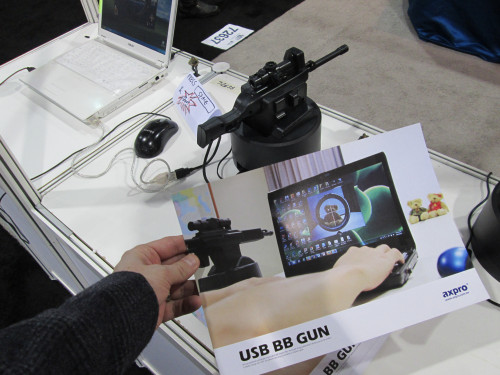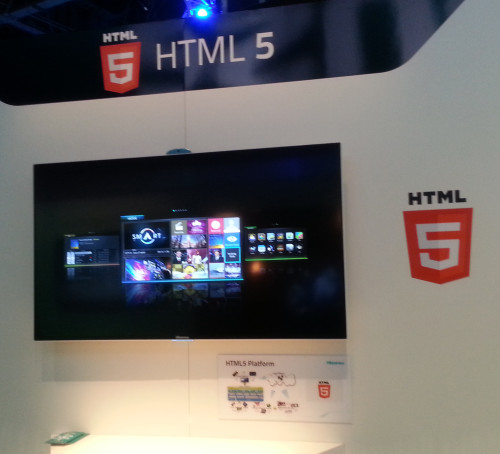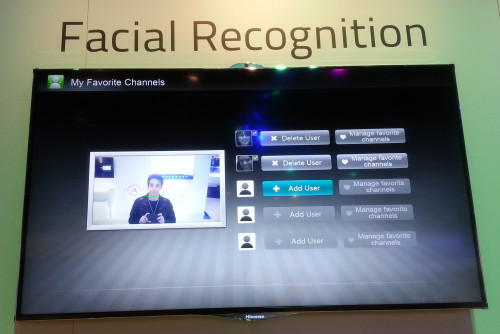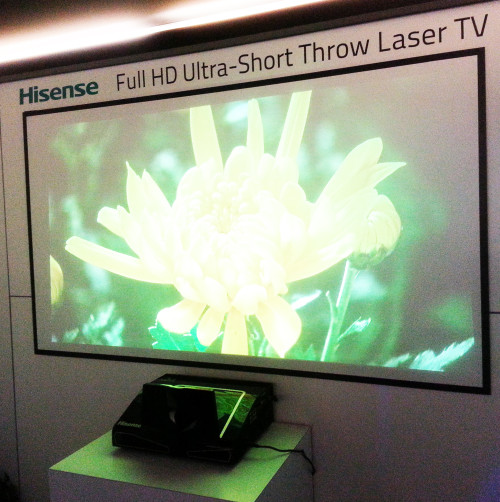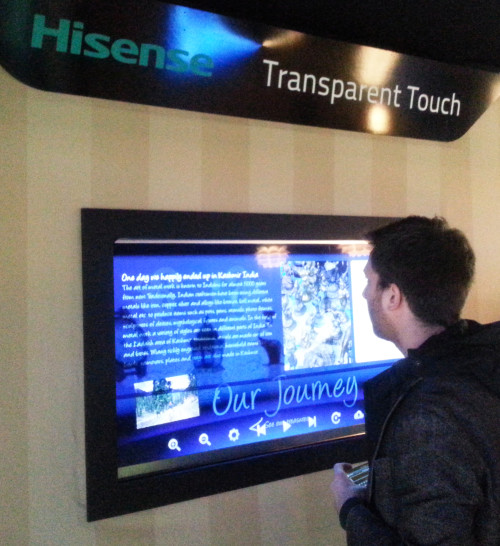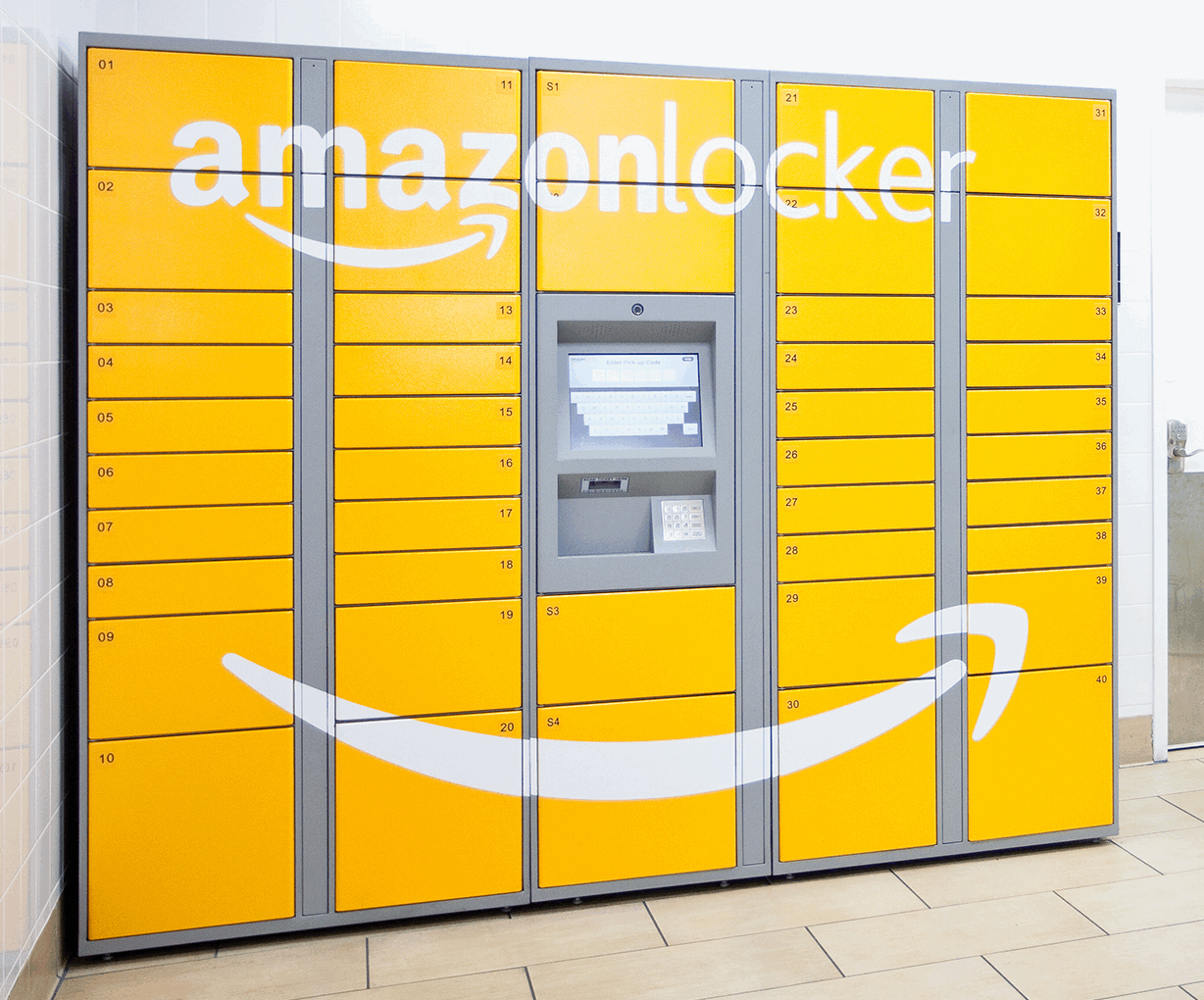This morning at Mobile World Congress 2013 in Barcelona, Telefonica (the Spanish-based telecom giant) presented an interesting market research study covering mobile in 54 countries consisting of over 50,000 interviews. Among the highlights:
- Atitudes towards the role of mobile in one’s life vary more than you would think around the world. China, Brazil, Africa among the areas with highest optimism. Western Europe has particularly less enthusiasm.
- The countries that are the most open to mobile advertising are Brazil and China. Latin America in general appears particularly less averse to mobile advertising.
- Latin America in fact now has more mobile lines than people. Prices for devices in the region have been falling significantly. Feature phone ownership is plateauing, smartphone penetration ramping up. Argentina and Brazil over-index on daily smartphone usage vs. rest of the world. They also over-index on mobile shopping.
- Europeans tend to be more hesitant to incorporate mobile into all parts of life. They under-index on using mobile for business – they prefer to mostly use mobile for their private lives.
- In response to the survey question: “Can mobile devices improve your potential at work?” the global percentage that agreed was 50%, in Western Europe in was only 22%.
- A hypothesis was presented: demography matters a great deal on attitudes towards mobile. Essentially, mobile has its biggest impact on populations hungriest for upwards mobility. As per capita income rises, the emotional value placed on mobility decreases.
In india, mobile Internet has already passed desktop internet usage. In Asia, brand love mobile advertising is more successful than in Europe. In Europe, users expect more utilitarian ads offering deals. There’s more creative latitude for brands in APAC.
Telefonica also presented their vision for targeted relevant mobile ads. They have launched several opt-in programs for SMS ads, citing that globally feature phones still dominate, thus limiting th potential reach of richer formats at the present time. Their value proposition includes their access to Customer’s names, home addresses, location (via cell tower for feature phones), and interests (past location).
The idea is that targeting based on this valuable data makes their mobile advertising offer particularly compelling. It was acknowledged that in many cultures this could be perceived as invasive, but they stressed that the value proposition of each campaign should be made strong enough to overcome this barrier. While the campaign results presented were impressive (e.g. 10% offer redemption), they did not cite how many customers had opted in to begin with as a percentage of their vast user base.
As an example of a value exchange with consumers, the company mentioned its Netzclub program in Germany, which offers free data usage to consumers who agree to view one targeted video ad per day.

